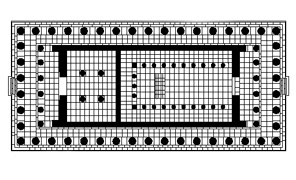 (source: http://www.flickr.com/photos/karenlynn/62037112)
(source: http://www.flickr.com/photos/karenlynn/62037112)The Aurora Borealis, or the Northern Lights, are collisions between electrically charged particles from the sun that enter the earth's atmosphere at high speeds. They are seen in the magnetic poles at both southern and northern hemispheres. They are known as 'Aurora australis' in the south and as 'Aurora borealis' in the north. The lights are seen in the zone over the northern part of Scandinavia, southern part of Greenland, over Canada and Alaska, as well as the coast of Siberia. They show in shades of red, yellow, green, blue, and violent. The most common colors are pale green and pink. These lights are such a beautiful phenomenon that I look forward to one day witnessing.
Time-lapse display of the Aurora Borealis, or Northern Lights, in British Columbia, Canada.
(source: http://www.youtube.com/watch?v=qIXs6Sh0DKs)
Time-lapse display of the Aurora Australis, or Southern Lights
(source: http://www.youtube.com/watch?v=icugqEEOgkg)





